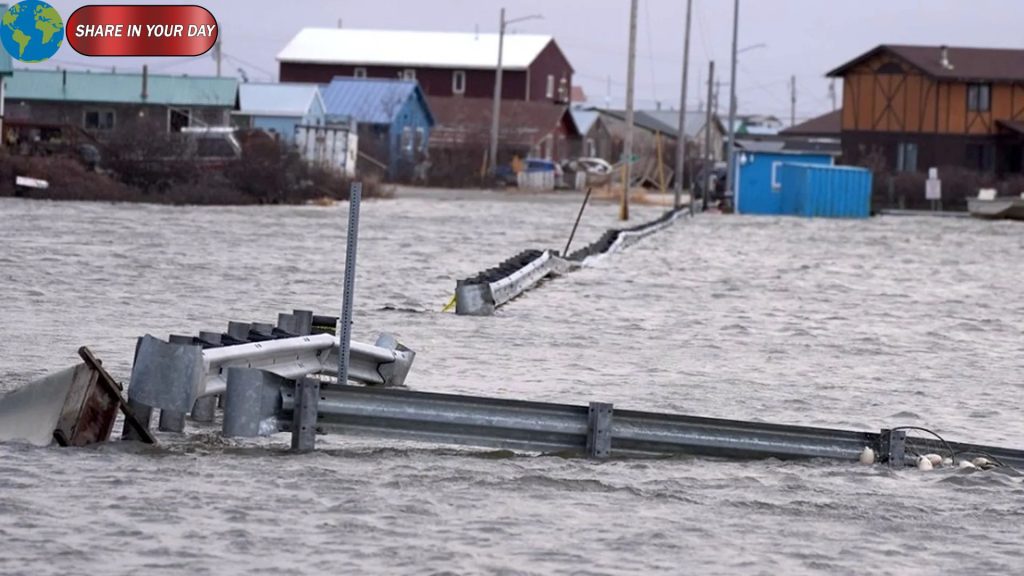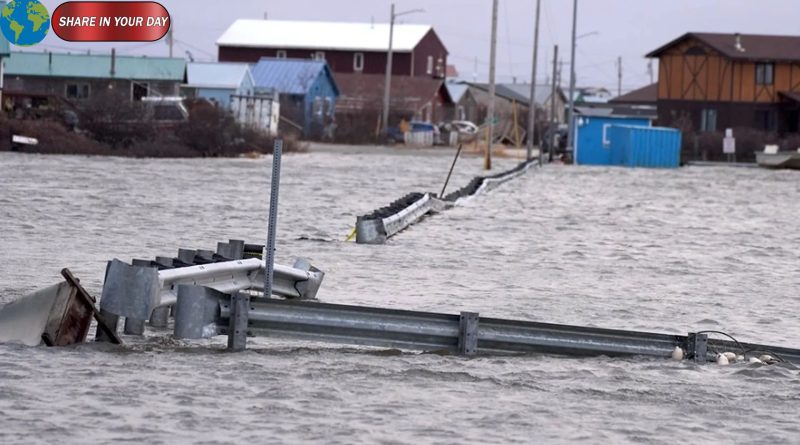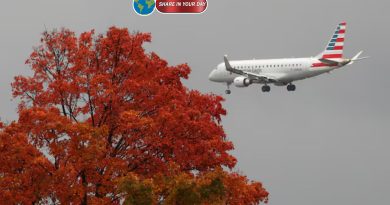Alaska Storm From Ex-Typhoon Halong Triggers Major Search and Rescue
Winds exceeding hurricane strength and severe flooding struck western Alaska over the weekend as the remnants of Typhoon Halong moved into the Bering Sea. The storm surge and torrential rainfall damaged communities across the Yukon-Kuskokwim Delta and triggered urgent search and rescue operations.
Widespread Damage & Displacement
Local communities faced extraordinary destruction:
- In Kipnuk, up to eight homes were reported pushed off their foundations.
- The village of Kwigillingok reported as many as 20 people unaccounted for.
- Storm surges reached record levels, with tides rising 6.6 ft above normal in Kipnuk and 6.3 ft in Kwigillingok—exceeding previous high-water records.
Mobilizing Rescue and Relief Efforts
State and federal agencies launched coordinated rescue missions:
- The Alaska Air National Guard, Alaska Army National Guard, and U.S. Coast Guard deployed aircraft to search for displaced or missing individuals.
- The Alaska State Troopers are leading multi-agency operations.
- Governor Mike Dunleavy expanded a disaster declaration to cover additional areas affected by the storm.
Forecast & Continuing Threats
The storm’s effects persist:
- A Flood Advisory remains active from Bethel southward to the mouth of the Kuskokwim River, expected to last until Monday morning.
- Many communities remain vulnerable to sustained flooding as heavy rainfall continues.
Climate Change & Weather Extremes
Meteorologists emphasize that this event reflects a broader trend: climate change is making heavy precipitation events more intense and frequent. Experts warn that communities in high-risk zones must adapt to changing storm patterns.
What’s Next
- Rescue teams will continue searching remote and heavily damaged areas.
- Authorities will assess damage and coordinate relief, including shelter and supply distribution.
- Long term, planning for climate resilience and infrastructure upgrades will be crucial in these vulnerable regions.





